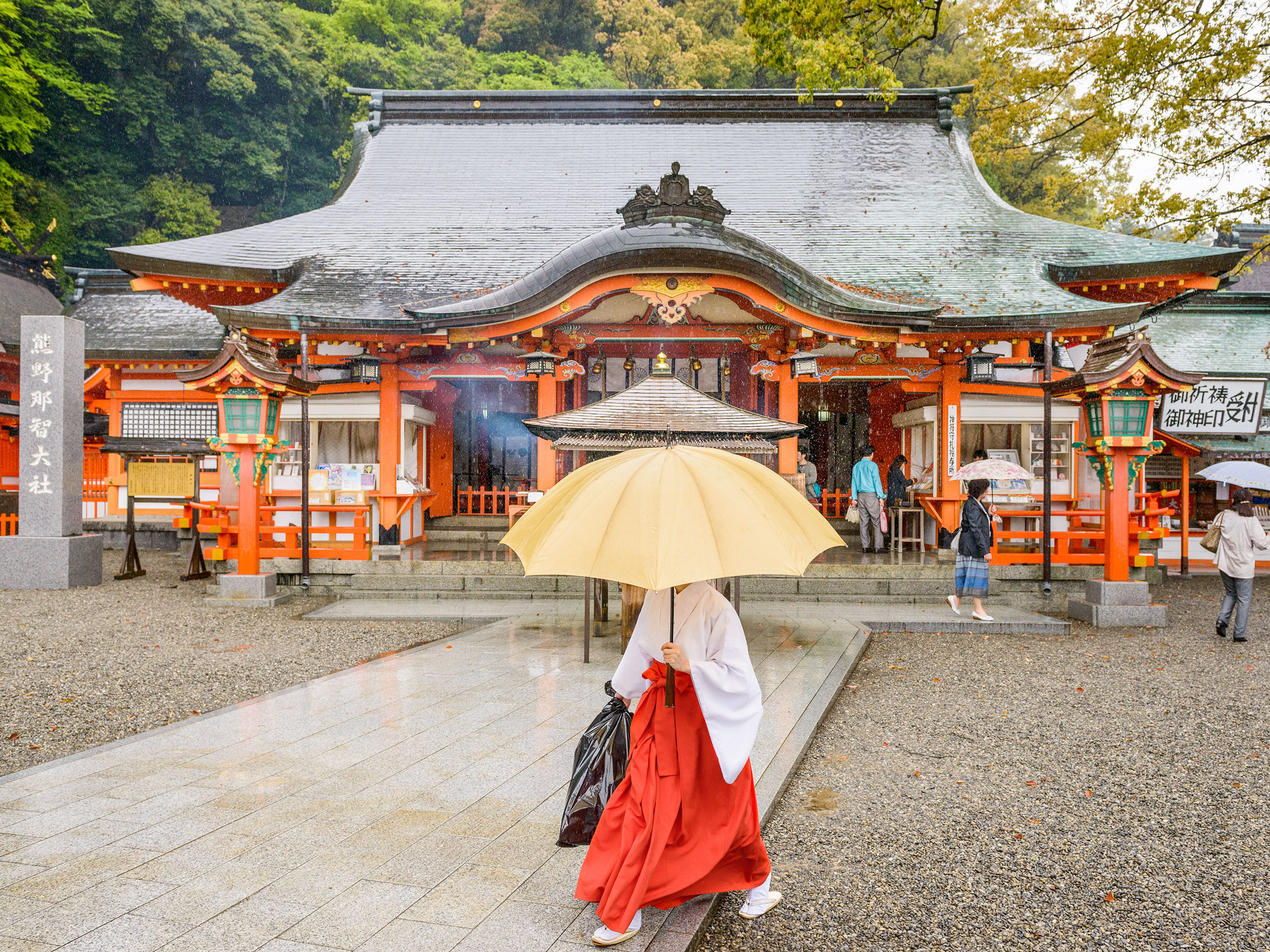Around the globe, there are sacred sites and pilgrimage trails that hold profound significance for particular cultures and religions. From the 1,000-year-old Camino de Santiago of Spain to the “Wailing Wall” of Israel and Mecca, Saudi Arabia — the birthplace of Islam — these places have drawn countless visitors over the years. For those who wish to journey in search of a higher sense of purpose, walking in the footsteps of pilgrims throughout history can be an enlightening way to travel. Check out these 17 sacred pilgrimage sites and the fascinating stories behind them.
Lourdes, France

Located in the foothills of the Pyrenees, the French city of Lourdes has been a pilgrimage site for Catholics since the 19th century. As the story goes, St. Bernadette was collecting firewood near a grotto when she witnessed several visions of the Virgin Mary, who told her to build a chapel on the site. Since then, a magnificent cathedral has been erected near the grotto, which is believed to contain healing waters that induce miracles.
To receive the grotto’s healing powers, pilgrims can fill up jugs of the holy water or immerse themselves in the water entirely. The site is also home to the Marian Procession, a celebration that brings believers and the infirm together for a joint blessing from a priest.
Kumano Kodo, Japan

A UNESCO World Heritage Site, Kumano Kodo is a pilgrimage through the mountains in the Japanese region of Kansai, consisting of a network of ancient routes once used by emperors. All five routes connect at Hongū Taisha, a sacred Shinto shrine in the mountains of Wakayama Prefecture. Since the trails link to two other significant shrines, Hayatama Taisha and Nachi Taisha, Kumano Kodo draws pilgrims from across Japan.
The most popular pilgrimage route is Nakahechi, a 10-mile trek known for its ease and accessibility. To make the spiritual journey, Kumano Kodo pilgrims need not rough it; the trail system has plenty of guesthouses for overnight stays along the way.
Camino de Santiago, Spain
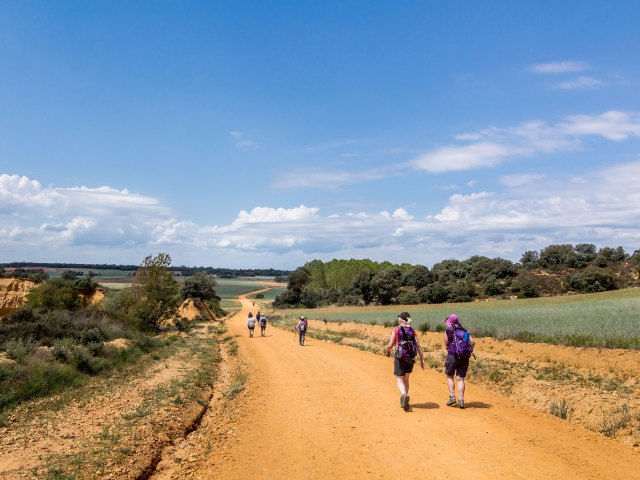
The ancient pilgrim routes in this network across Europe all lead to the same place — the tomb of St. James in northwestern Spain. Also known as the “Way of St. James,” the Camino de Santiago has over a dozen trails to choose from and attracts hundreds of thousands of trekkers annually.
Of these trails, the Camino Francés (French Way) is the most popular, starting in the town of St. Jean-Pied-du-Port, France, and following a fairly flat traverse for 478 miles before ending in the city of Santiago de Compostela. As a bonus, the original route preferred by pilgrims traveling to the tomb is an optional detour along the way in the city of Oviedo. Before starting the journey, all pilgrims should request a credential, which serves as a passport and allows free stays in hostels along the way.
Via Francigena, Italy
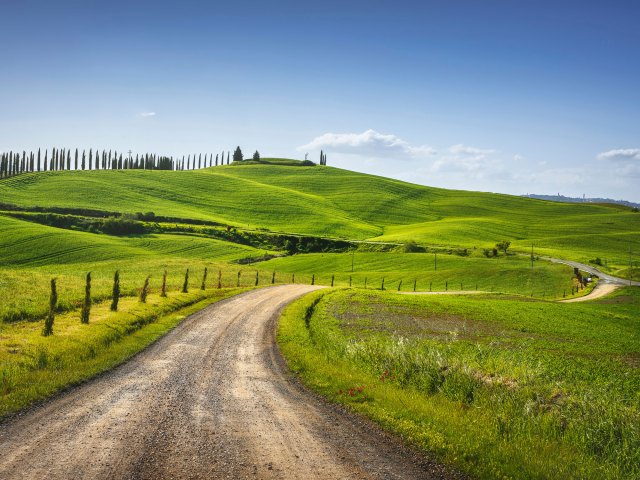
They say all roads lead to Rome, and in the case of Via Francigena, the adage proves true. The 1,200-mile-long medieval trail once led pilgrims from Canterbury to Rome, with routes through France and present-day Switzerland. Today, the trail is a popular way for travelers to see Europe on foot, especially in Tuscany, where Via Francigena leads travelers through swaths of sunflowers and acres of olive groves. This Tuscan portion of Via Francigena is divided into 15 sections, starting at Cisa and ending at Aquapendente; sections vary in length and difficulty and can be enjoyed for a day’s walk or a multi-day journey.
Western Wall, Israel
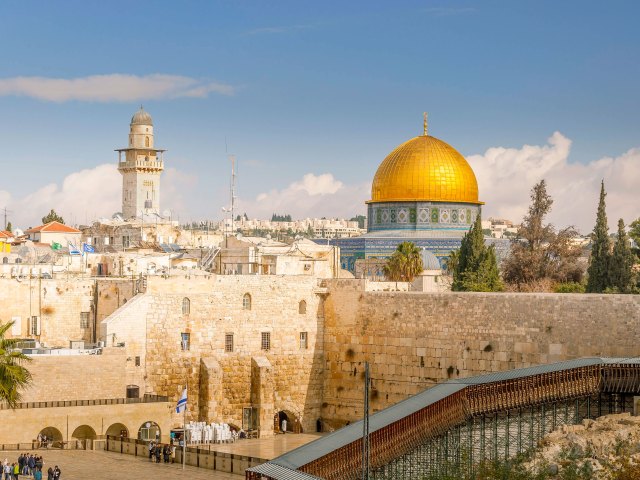
The Western Wall, also known as the “Wailing Wall,” is an important pilgrimage site for people of the Jewish faith. Originally built by King Herod in 20 BCE, the wall survived a Roman attack and has since become a sacred place for Jewish people.
As a symbol of the Temple of God, the wall is visited by thousands of people annually, who recite prayers, which are either spoken aloud or written on paper and placed into the wall’s cracks. In 2010, the oldest piece of writing in Jerusalem was found in the wall — a 3,350-year-old prayer — demonstrating how long this pilgrimage tradition has been upheld.
Sri Pada, Sri Lanka
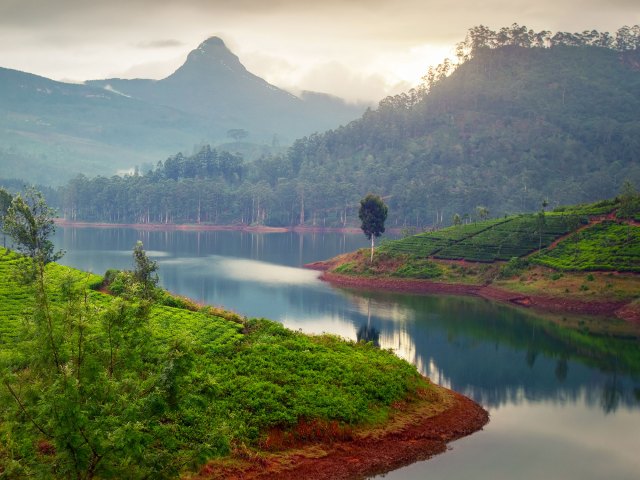
Pilgrims have been climbing Sri Pada (also known as Adam’s Peak) since the fourth century, with kings, scholars, and even Marco Polo himself making the strenuous journey to the top of the Sri Lankan mountain. The summit of the 7,359-foot-tall peak is home to a gold-painted pavilion that houses two bells — pilgrims ring one of the bells in accordance with how many times they have completed the journey.
Considered holy by people of Buddhist, Christian, and Hindu faith, Sri Pada has a pilgrimage season starting in December and ending in May, with most hikers making the journey in the dark for a clear view at dawn. During high season, the trail is lined with locals selling refreshments to weary travelers en route.
Wittenberg, Germany
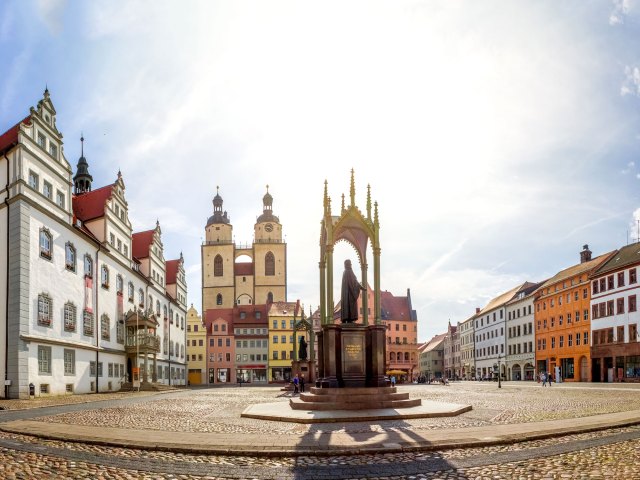
In addition to being a charming medieval town in Germany, Wittenberg is a sought-after destination for people of the Lutheran faith. As the city where Martin Luther began his own branch of Protestantism, Wittenberg attracts pilgrims from around the world, who wish to see the sacred Lutheran sites scattered throughout the village.
These sites include Castle Church, where Luther posted his reformation beliefs in a book entitled 95 Theses, in addition to City Church, the site where Luther preached about his reformations. (It was also where he was married and baptized his own six children.) The pilgrimage often includes a visit to the house where Luther lived with his family, which is well-preserved and contains many of his old books and writings.
Mount Kailash, Tibet
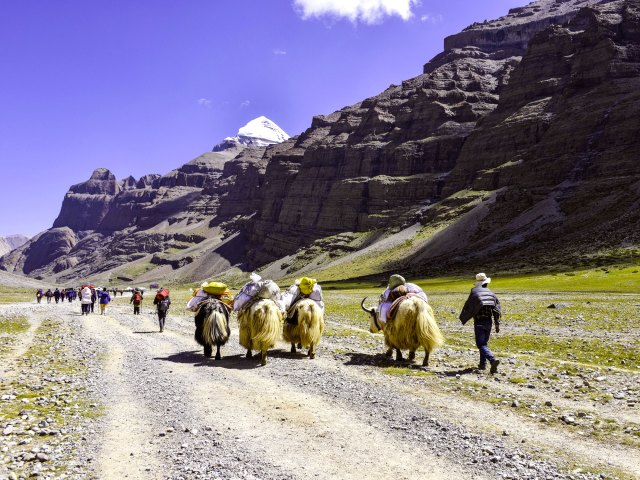
Although it’s one of the holier pilgrimage sites, few make the journey up Mount Kailash, a 22,000-foot-tall mountain in Tibet. It is considered sacred by Hindus, Jains, Buddhists, and Bonists alike, but Mount Kailash is so ancient that it transcends modern religion. The peak is at the center of an ancient origin myth that believes it to be the mythical Mount Meru, which was considered the birthplace of the world in ancient Asian culture.
Today, followers of Bonism, Tibet’s ancient religion, believe that climbing Mount Kailash will exonerate them from their sins. Bonists are required to hike the mountain’s circuitous route counter-clockwise, with one lap known as a kora. To assure enlightenment, these pilgrims must complete 108 koras, which is no small feat despite the eternal reward.
Glastonbury Tor, United Kingdom
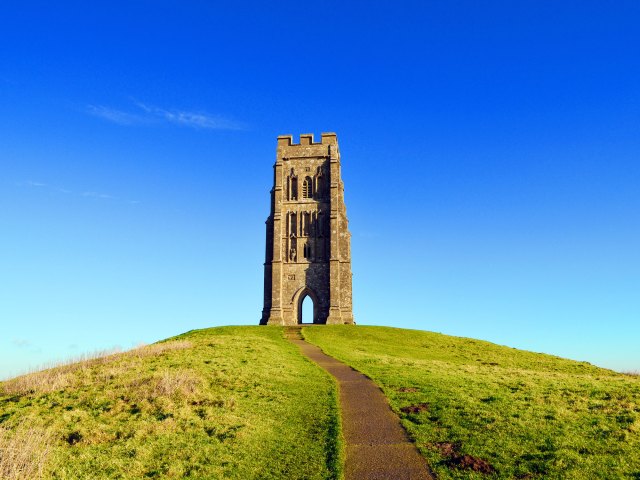
The Glastonbury area has long been associated with legends, including that of King Arthur and Queen Guinevere, who are believed to be buried in the town’s local church. As a result, myths surround Glastonbury Tor, the region’s conical hill that houses a 14th-century church atop the summit. Purported to have a strong energetic current due to its position over ley lines, which are supernatural lines that run throughout the universe, Glastonbury Tor is often associated with Avalon, the isle of enchantment in Celtic folklore.
Others believe that the hill’s hollow interior is home to fairies, while some say it is an entrance to the underworld. Regardless, it’s one of the most spiritual sites in the country, with strong Pagan roots that draw pilgrims to its summit. At only 500 feet above sea level, the hike up the Tor is a short trek, with buses that run closer to the hill’s summit for an easier trip.
Mecca, Saudi Arabia
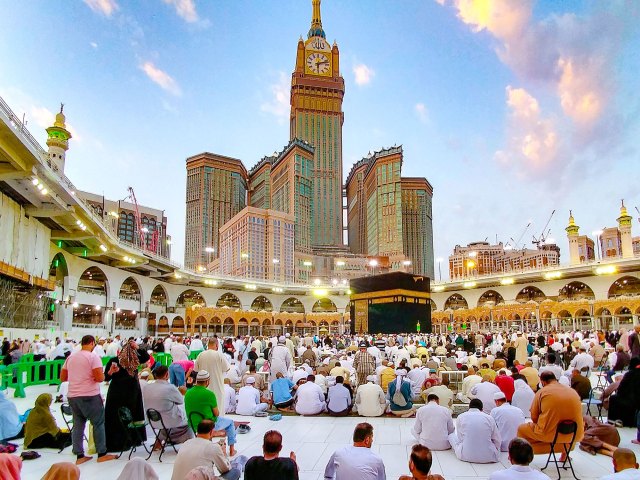
The journey to Mecca is arguably one of the most famous pilgrimages in the world — after all, the word “mecca” is defined in Merriam-Webster as “a place regarded as a center for a specified group, activity, or interest.”
As the birthplace of the prophet Muhammad and the site associated with the beginning of Islam, Mecca is visited by Muslims making the Hajj pilgrimage. As one of the pillars of Islam, this journey is expected to be completed by Muslims at least once in their lifetimes, along with other important acts such as fasting during Ramadan. As a result, millions of Muslims congregate annually to make the pilgrimage during the last month of the Muslim calendar.
Lumbini, Nepal
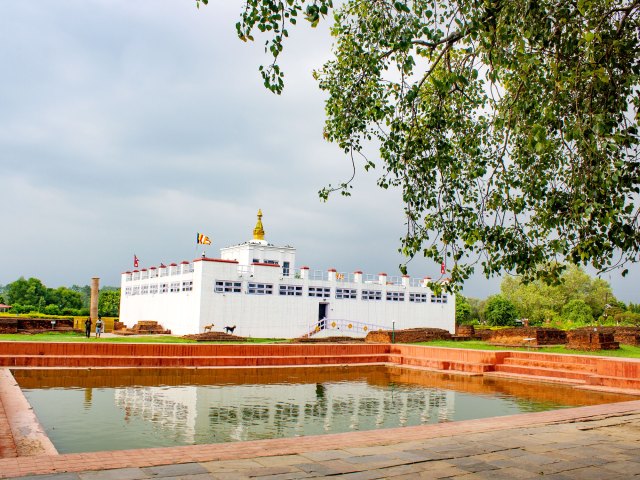
Listed as a UNESCO World Heritage Site as the birthplace of Buddha, Lumbini is a Buddhist pilgrimage site in the Rupandehi District of Nepal. Since the Buddha once asked his disciples to visit Lumbini, it is considered one of the four major Buddhist pilgrimage sites and is often completed as a way to pay respect to the Lord Buddha. As a result, the sacred site is home to several monuments that honor the Buddha, also known as Siddartha.
In addition to Devdaha, the ancient capital where Siddartha spent his earliest years, the Maya Devi Temple resides in Lumbini. This ancient shrine was built to honor Siddartha’s mother and is one of the most revered sites for Buddhist pilgrims.
Uluru, Australia

Uluru, also known as Ayer’s Rock, translates to “the great pebble” in the language of Australia’s Aboriginal people. A stunning rock formation that rises out of the Northern Territory’s landscape, Uluru is one of the most sacred sites of the local Aboriginal tribe, known as Aṉangu. Since the site has been a significant part of Aṉangu culture for 30,000 years, visitors to the park are no longer allowed to climb Uluru, as it is a pilgrimage for Indigenous people only.
However, visitors are permitted to walk around the base of Uluru, a journey that takes roughly four hours. There are also several smaller sections of the base walk that can be completed, including the Mala walk, which features caves adorned with ancient petroglyphs.
Angkor Wat, Cambodia

As an ancient complex of temples built in Cambodia during the 12th century, Angkor Wat is consistently lauded as an architectural achievement. Built by the Khmer civilization, the massive complex was first constructed to honor the Hindu god Vishnu, before becoming a Buddhist site at the end of the century.
As a result, the complex is built in accordance with the sacred cosmology of both religions, often employing the number 108 and all of its divisions. Although it would eventually fall into disuse, Angkor Wat was an important pilgrimage site for Buddhists during the 14th century. After being rediscovered in the 1840s, pilgrims and tourists alike began to return to the sacred site, which is the largest religious complex in the world.
Paro Taktsang, Bhutan

One of the most sacred sites in Bhutan, Paro Taktsang, also known as “Tiger’s Nest,” is a requisite pilgrimage for Tibetan Buddhists. Bhutanese pilgrims journey up a trail of over 1,000 steps to a cliffside monastery, which was built surrounding a cave to honor Guru Padmasambhava in 1692.
Situated 10,000 feet above sea level, the original pilgrimage trail was a death-defying journey alongside a cliff. In recent years, it has been rebuilt with protective guard rails in the more precipitous spots. Buddhist monks are often stationed on the way up, offering pilgrims refreshments on their journey, which usually takes four to five hours round-trip.
St. Olav’s Way, Norway
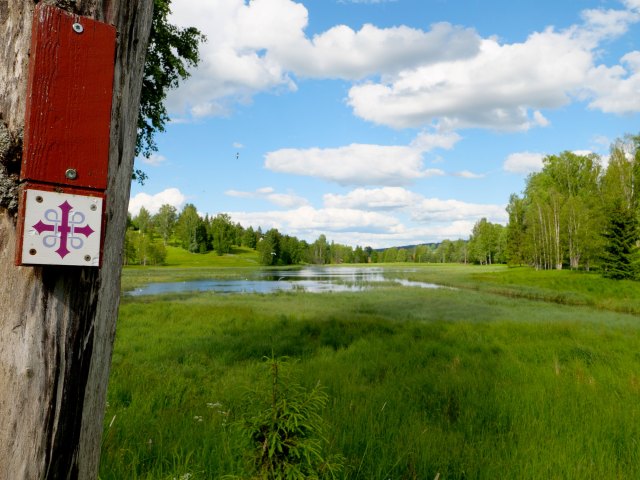
Norway’s most famous pilgrimage is in honor of St. Olav, a former Viking king who was canonized for his efforts to spread Christianity in Scandinavia. His shrine is located in a cathedral in Trondheim, and it is here that pilgrims walk to pay their respects.
There are nine different St. Olav Ways, all of which meander for a collective 1,864 miles through the Norwegian countryside. The most well-trodden path is Gudbrandsdalsleden, a 400-mile-long trail that begins in Oslo and takes over one month to complete. Since it was also once the main road during the Middle Ages, it’s likely that St. Olav used the trail himself, which makes the experience all the more meaningful.
Croagh Patrick, Ireland
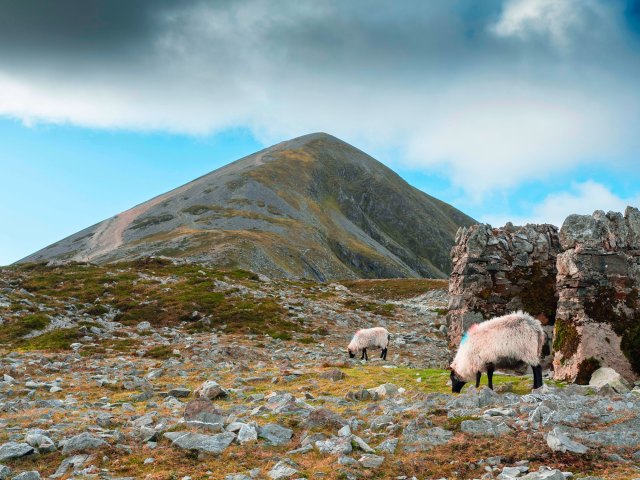
The fourth-tallest mountain in Ireland, Croagh Patrick is a pilgrimage route that dates back thousands of years. Long before Christianity was the dominant religion in the British Isles, the mountain was where Pagans gathered to celebrate the beginning of the harvest season.
Today, the mountain is named for none other than St. Patrick himself, who was on a mission to convert Pagans to Christianity in the fifth century and fasted atop the mountain for 40 days. From then on, the mountain’s summit became a sacred site. As an important piece of Ireland’s history, Croagh Patrick is a popular pilgrimage for Christians and seculars alike — the somewhat arduous journey takes a minimum of four hours and requires a difficult scramble toward the top.
Sanctuary of Atotonilco, Mexico
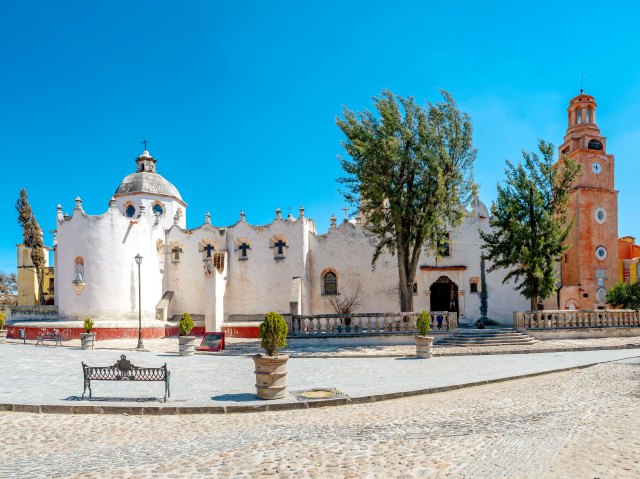
A mere 7.5 miles from the bustling town of San Miguel de Allende is the Sanctuary of Atotonilco, which translates in the Indigenous language to “Place of the Hot Waters.” Located in a region known for its thermal springs, the land was acquired in the 18th century by a local priest, who subsequently built a church. Since then, nearly every inch of the church’s interior has been painted with murals depicting religious scenes, earning the church the moniker “Sistine Chapel of Mexico.”
With its dormitories, meeting halls, and dining rooms, Atotonilco has space to accommodate those who seek healing. As a result, thousands of pilgrims make the journey to Atotonilco every year, especially before Holy Week. At this time, there is an annual procession when hundreds of pilgrims walk in the dark from Atotonilco to San Miguel de Allende, an overnight journey that ends at sunrise.
More from our network
Daily Passport is part of Optimism, which publishes content that uplifts, informs, and inspires.






